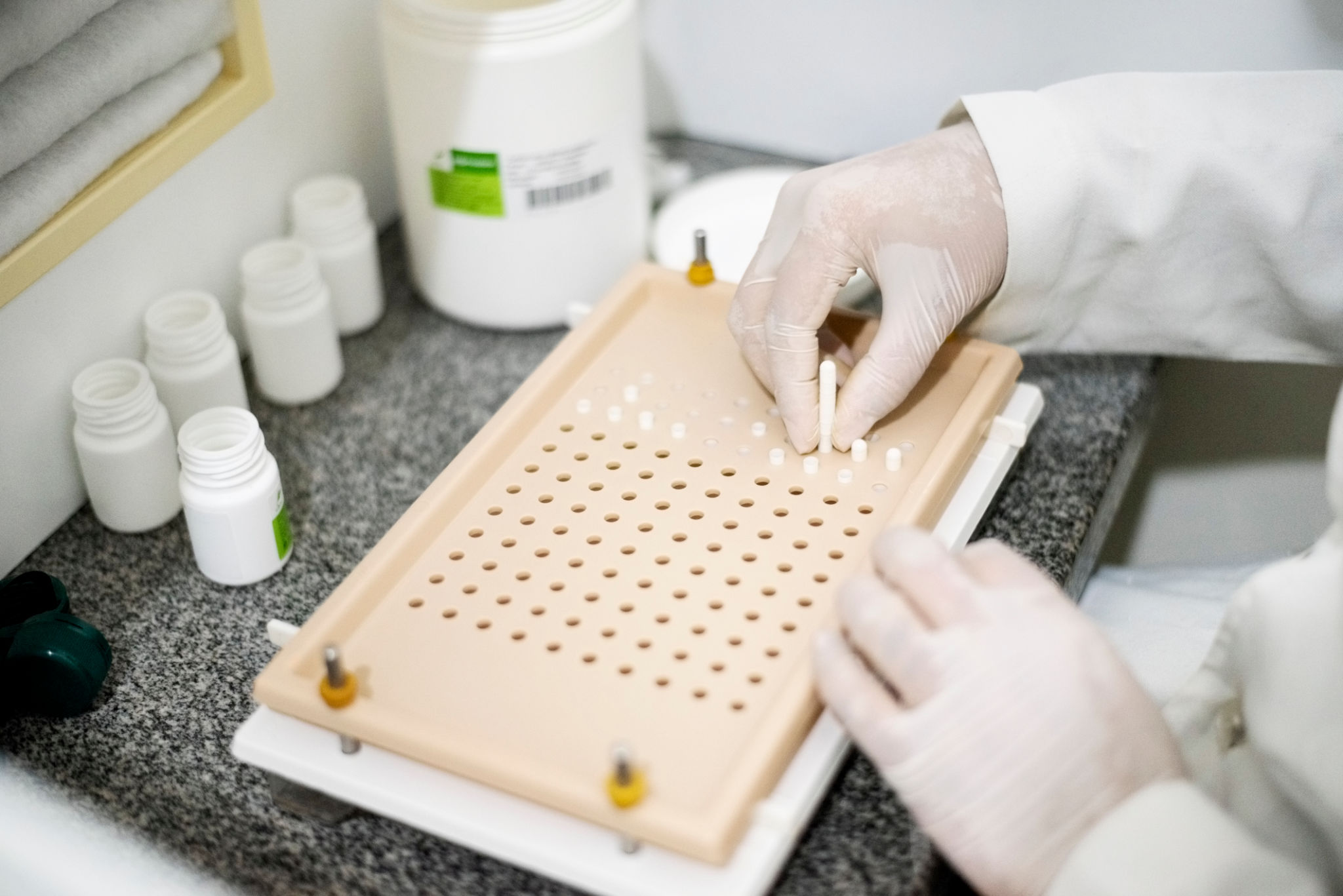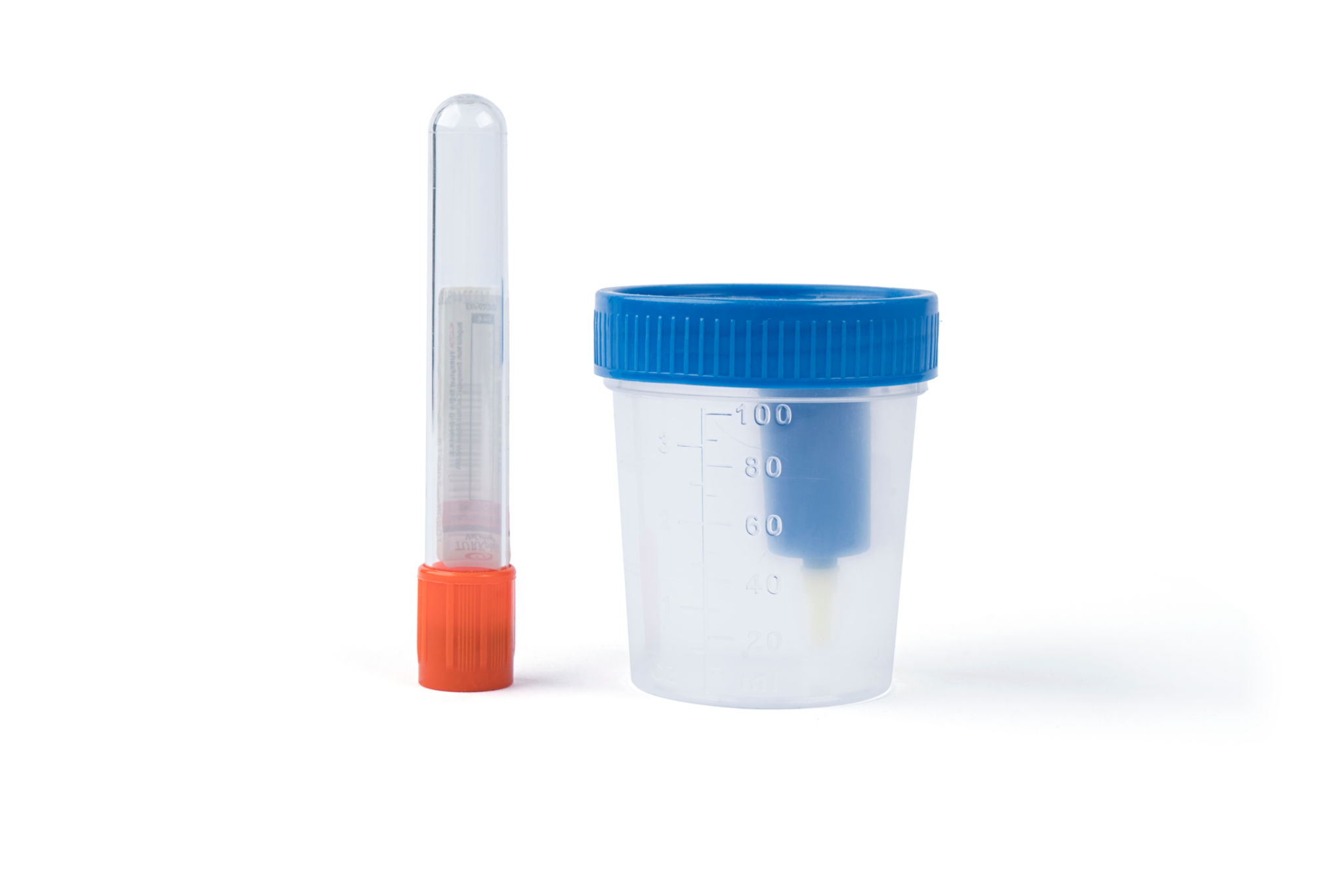Navigating DOT Drug Test Requirements: What You Need to Know
Understanding DOT Drug Testing
The Department of Transportation (DOT) has strict guidelines regarding drug testing for employees in safety-sensitive positions. These regulations are crucial for maintaining safety standards across various industries, including aviation, trucking, and public transit. Understanding these requirements can ensure compliance and help maintain a safe working environment.

Who Needs to Be Tested?
DOT drug testing applies to employees who perform safety-sensitive functions. This includes pilots, truck drivers, train conductors, and other transportation workers. If you are in a position where your performance can directly affect public safety, you are likely subject to these testing requirements.
The DOT mandates that testing must occur in specific situations, such as pre-employment, random testing, post-accident, reasonable suspicion, return-to-duty, and follow-up testing. Each of these scenarios has specific criteria that must be met to ensure compliance with DOT regulations.
Types of Tests Administered
DOT drug tests are primarily conducted using urine samples. The test screens for five categories of drugs: marijuana, cocaine, opiates, amphetamines, and phencyclidine (PCP). It's important to note that the DOT has a zero-tolerance policy for any positive drug test result.

The Testing Process
The testing process is designed to be thorough and secure. It involves the collection of a urine sample under controlled conditions to prevent tampering or contamination. The sample is sent to a certified laboratory for analysis. If a test result is positive, a Medical Review Officer will review the case before any action is taken.
Employees have the right to request a split specimen test if they believe the results are inaccurate. This involves retesting the same sample at a different certified lab to ensure accuracy.
Ensuring Compliance
Employers are responsible for ensuring their drug testing programs comply with DOT regulations. This includes maintaining accurate records, providing employee education on drug use policies, and conducting regular audits of their drug testing processes.

Training and Education
Regular training and education sessions can help employees understand the importance of compliance with DOT drug testing requirements. These sessions can cover the consequences of non-compliance, the testing process, and how to handle a situation if selected for a test.
Employers should also provide resources for employees who may struggle with substance abuse issues. Offering support and assistance can not only improve compliance but also enhance overall workplace safety.
Conclusion
Navigating DOT drug test requirements is essential for both employees and employers in safety-sensitive industries. By understanding the regulations, maintaining compliance, and providing adequate support and education, organizations can foster a safe and efficient working environment. Staying informed about changes in regulations and maintaining open communication with employees will ensure that everyone involved remains compliant with DOT standards.
